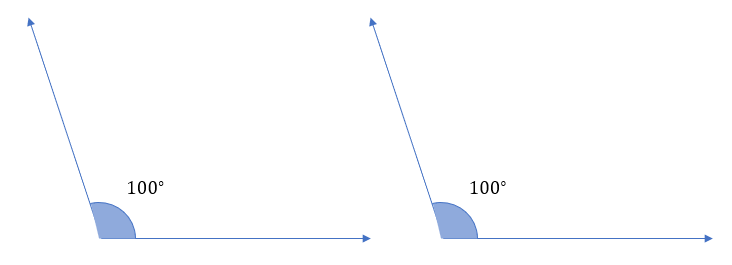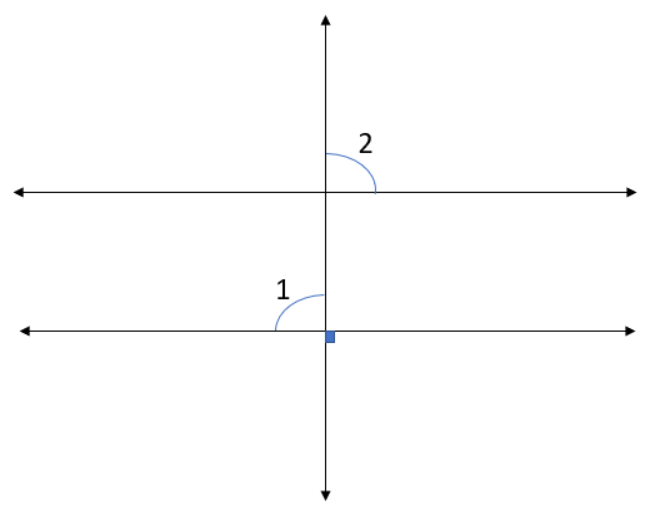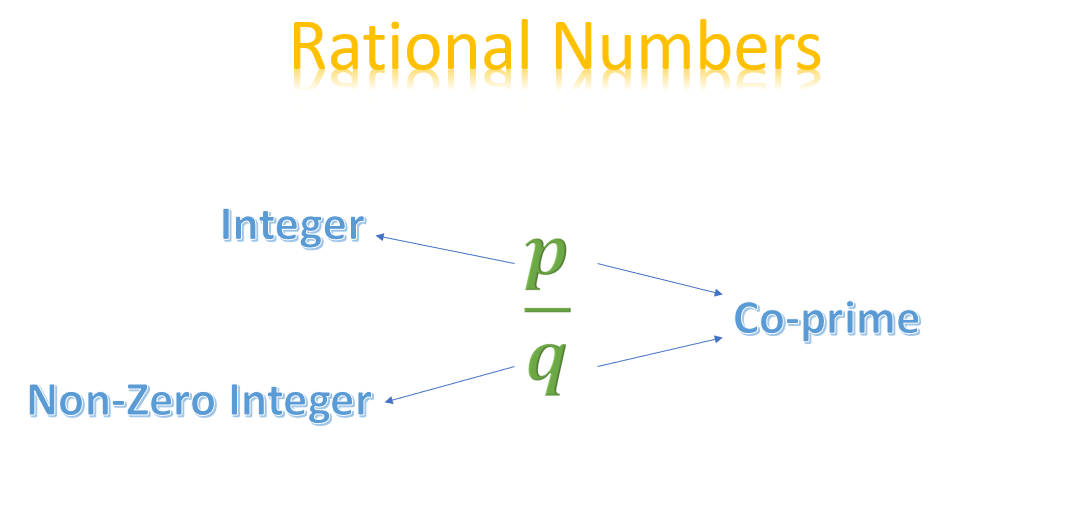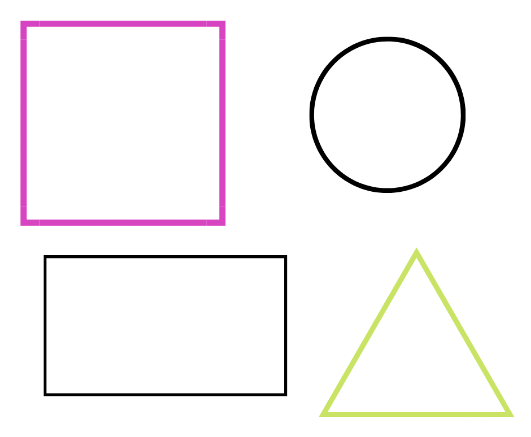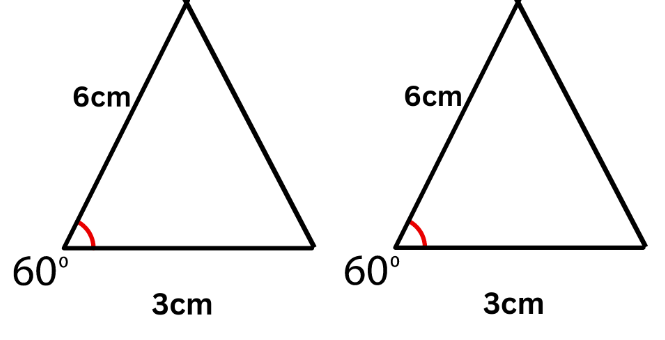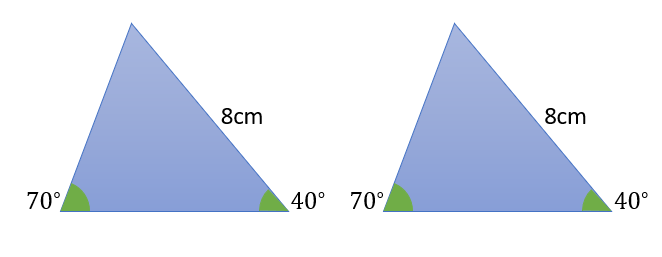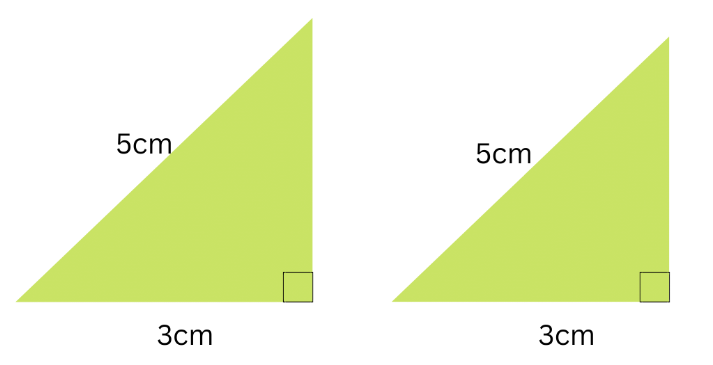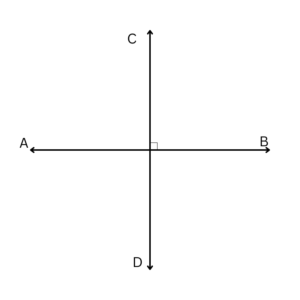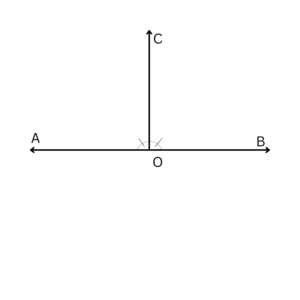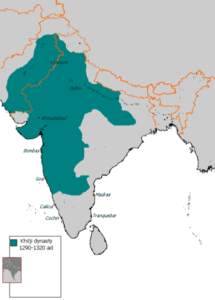Introduction
An expression made up of variables, constants, coefficients, and mathematical operations like addition, subtraction, etc. is known as an algebraic expression. Algebraic expressions have several uses, including describing real-world issues and solving various and difficult mathematical equations, calculating income, cost, etc. There are two categories of words in algebra: like terms and unlike terms. Unlike terms are merely the opposite of like terms in that they do not share the same variables and powers. Like terms are those that have the same variables and powers.
Algebraic Expressions
An expression made up of variables, constants, coefficients, and mathematical operations like addition, subtraction, etc. is known as an algebraic expression. A variable is a symbol without a predetermined value. A term is either a variable, a constant, or both joined by mathematical operations. A coefficient is a quantity that has been multiplied by a variable and is constant throughout the whole problem. Based on a variety of terminology, there are three primary categories of algebraic expressions: monomial, binomial, and polynomial. Terms can also be divided into similar and dissimilar terms.
Also see: Online Tuition for Class 6 Maths
Terms in algebra
A term can be a number, a variable, the sum of two or more variables, a number and a variable, or a product of both. A single term or a collection of terms can be used to create an algebraic expression. For instance, \({\bf{2x}}\) and \({\bf{5y}}\) are the two terms in the expression \({\bf{2x + 5y}}\) .
A mathematical expression has one or more terms. A term in an expression can be a constant, a variable, the product of two variables \({\bf{\left( {xy} \right)}}\) or more \({\bf{\left( {xyz} \right)}}\) , or the product of a variable and a constant \({\bf{\left( {2x} \right)}}\) , among other things.
Also Read: Terms of an Expression
Terms in an algebraic expression
A term is a group of numbers or variables that have been added, subtracted, divided, or multiplied together; a factor is a group of numbers or variables that have been multiplied; and a coefficient is a number that has been multiplied by a variable. Three terms, \({\bf{9}}{{\bf{x}}^2}\) ,\({\bf{x}}\) , and \({\bf{12}}\), make up the expression \({\bf{9}}{{\bf{x}}^2}\)+\({\bf{x}}\) + \({\bf{12}}\)
By drawing this conclusion, it is clear that an expression is made up of a number of terms, variables, factors, coefficients, and constants.
Types of Terms
There are different types of terms in algebraic expressions,
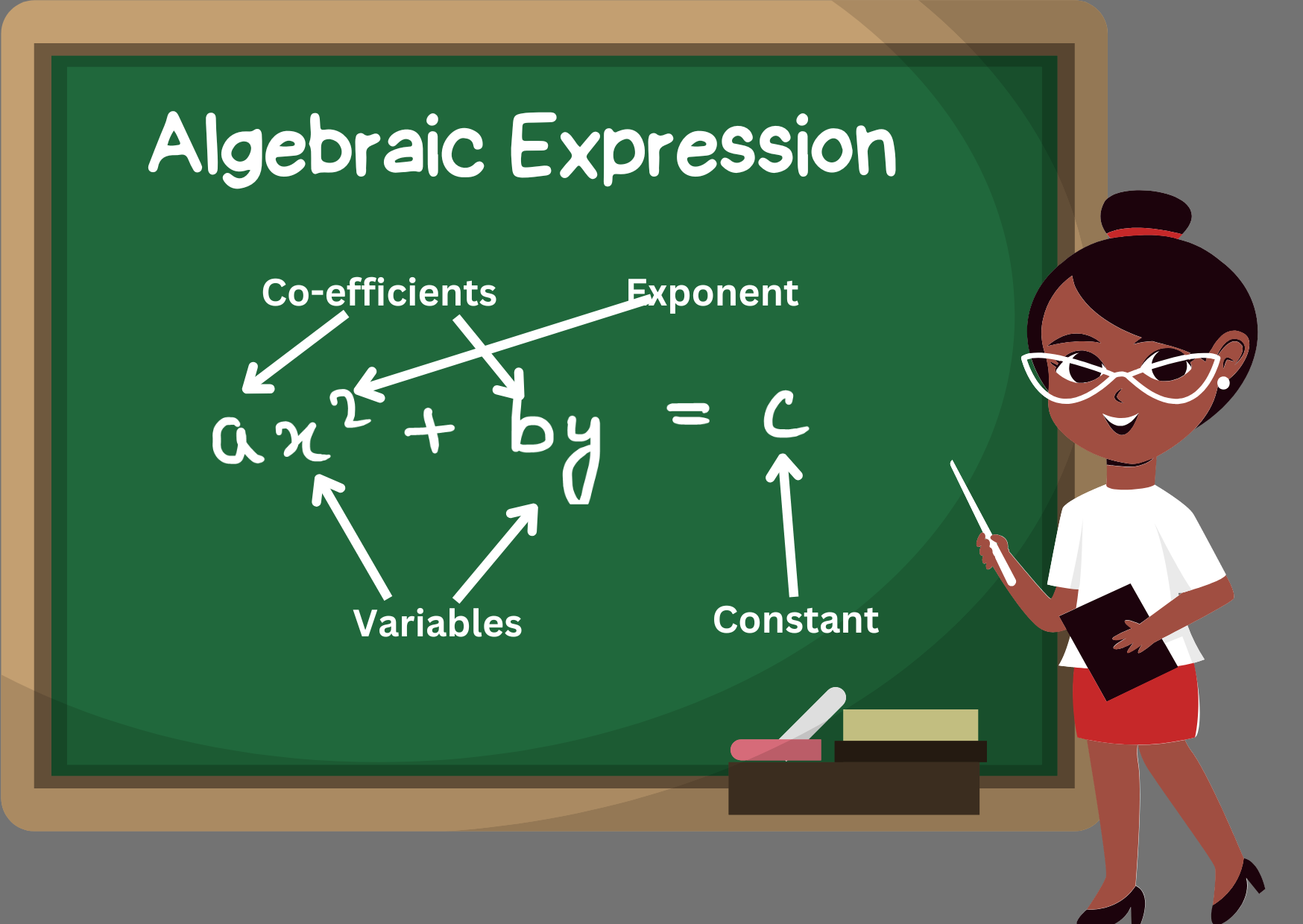
Variables
These types of terms are usually represented by an symbol (most commonly its english alphabets), like \({\bf{x}}\), \({\bf{y}}\), \({\bf{z}}\), \({\bf{a}}\), \({\bf{b}}\), etc. these symbols are there to represent unknown arbitrary values, hence the name ‘variables’ (since their values can vary).
Coefficient
These are not a type of a term but rather a part of a term that contains variables, coefficients are the numbers that are in multiplication with variables.
Constants
These terms are the numbers separate from the variables, and as the name suggest, they are a constant number, i.e., they are fix and never change unless they are under an operation with another constant term.
Like and Unlike Terms
Like terms in algebra are the kinds of terms that share the same kinds of variables and powers. There is no requirement that the coefficients match. When a term has two or more terms that are unlike terms, it means that those terms do not share the same variables or powers. Before there is power, the order of the variables doesn’t matter. Consider the example of similar and dissimilar terms.
Like Terms: \({\bf{3x}}\), \({\bf{-5x}}\) are like terms
Unlike Terms:\(\;{\bf{2}}{{\bf{x}}^3},{\bf{7}}{{\bf{x}}^2}\) and \({\bf{5y}}\) are all unlike terms.
Like Terms
Terms with the same kinds of variables and powers are referred to as like terms. It is not necessary to match the coefficients. The coefficient could differ. To obtain the answer, we can simply combine like terms, or we can simplify the algebraic expressions. In terms of the same types of variables and powers, the results are very easily obtained in this way.
The evaluation of straightforward algebraic puzzles is an example of similar terms.
Unlike Terms
In algebra, unlike terms are those terms that do not share the same variables and cannot be raised to the same power.
For instance, in algebraic expressions, \({\bf{4x}} – {\bf{3y}}\) are unlike terms. because \({\bf{x}}\) and \({\bf{y}}\) are two different variables. Due to the lack of \({\bf{x}}\) and \({\bf{y}}\) values, it cannot be simplified.
Summary
An expression made up of variables, constants, coefficients, and mathematical operations like addition, subtraction, etc. is known as an algebraic expression. Coefficients, constants, and variables are a few of the key words in the context of algebraic expressions. Similar terms are those in algebraic expressions that are constants or involve similar variables raised to similar exponents. In algebraic expressions, unlike terms are those terms that do not share the same variables or that share the same variables but have different exponents. Algebraic expressions are all polynomials, but not all algebraic expressions are polynomials. Polynomials are algebraic expressions without fractional or non-negative exponents. Algebraic expressions include fundamental identities that are used in the subject.
Tips to Prepare for Class 6 Maths
FAQs
What are polynomials?
Polynomials are algebraic expressions with more than \({\bf{2}}\) terms and the variables have non-negative integer exponents.
What is a quadratic equation?
A quadratic equation is a polynomial equation, with maximum exponent on a variable being \({\bf{2}}\).
What is a term in an algebraic expression?
A term can be a number, a variable, the sum of two or more variables, a number and a variable, or a product of both. A single term or a collection of terms can be used to create an algebraic expression.


